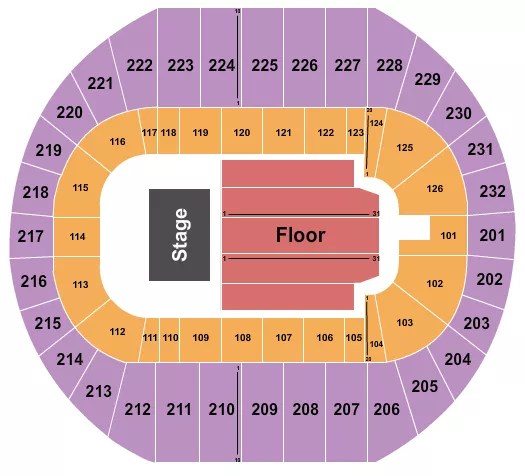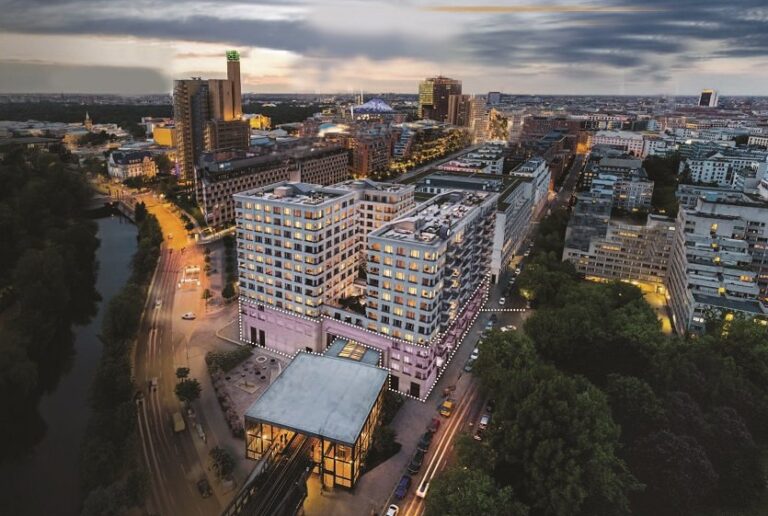
Introduction
The concept of ‘the precinct’ is increasingly relevant in discussions about urban development across Canada. With cities facing challenges such as population growth, housing shortages, and environmental concerns, urban precincts have emerged as vital strategies for sustainable development. They offer opportunities for mixed-use environments that foster community engagement, enhance economic viability, and promote ecological sustainability.
What is The Precinct?
The term ‘precinct’ generally refers to a defined area within a city that integrates a mix of residential, commercial, and recreational spaces. This model is designed to create a sense of place that enhances the quality of life for residents while encouraging social interaction and community involvement. In recent years, many Canadian cities have embraced this design to address various urban challenges.
Recent Developments in Canada
One of the prominent examples of a thriving precinct is the Quayside project in Toronto. This initiative aims to transform a waterfront area into a vibrant community hub that includes residential units, offices, public spaces, and recreational facilities. Emphasizing sustainability, the project intends to utilize innovative technologies to manage energy usage and water resources efficiently.
Another noteworthy example is the West Don Lands precinct, also in Toronto. This redevelopment area focuses on creating a diverse community that includes affordable housing, green spaces, and various commercial establishments. The initiative not only responds to housing demands but also aims to enhance the connectivity of the waterfront with the downtown core.
The Impact of The Precinct Model
Urban precincts such as these bring several advantages. They stimulate local economies by attracting businesses and jobs, provide a variety of housing options to accommodate different income levels, and encourage sustainable living through pedestrian-friendly design and accessible public transport. Furthermore, their focus on community engagement allows residents to have a say in development processes, fostering a sense of ownership and belonging within the precinct.
Conclusion
As urbanization trends continue to rise, precincts represent a forward-thinking approach to city planning in Canada. The success of projects like Quayside and West Don Lands may offer valuable lessons for other cities looking to implement similar models. The significance of the precinct lies not only in its architectural and economic potential but in its ability to create thriving communities that respond to the diverse needs of their residents. For Canadians, the ongoing development of such precincts could mean a brighter, more inclusive urban future.


